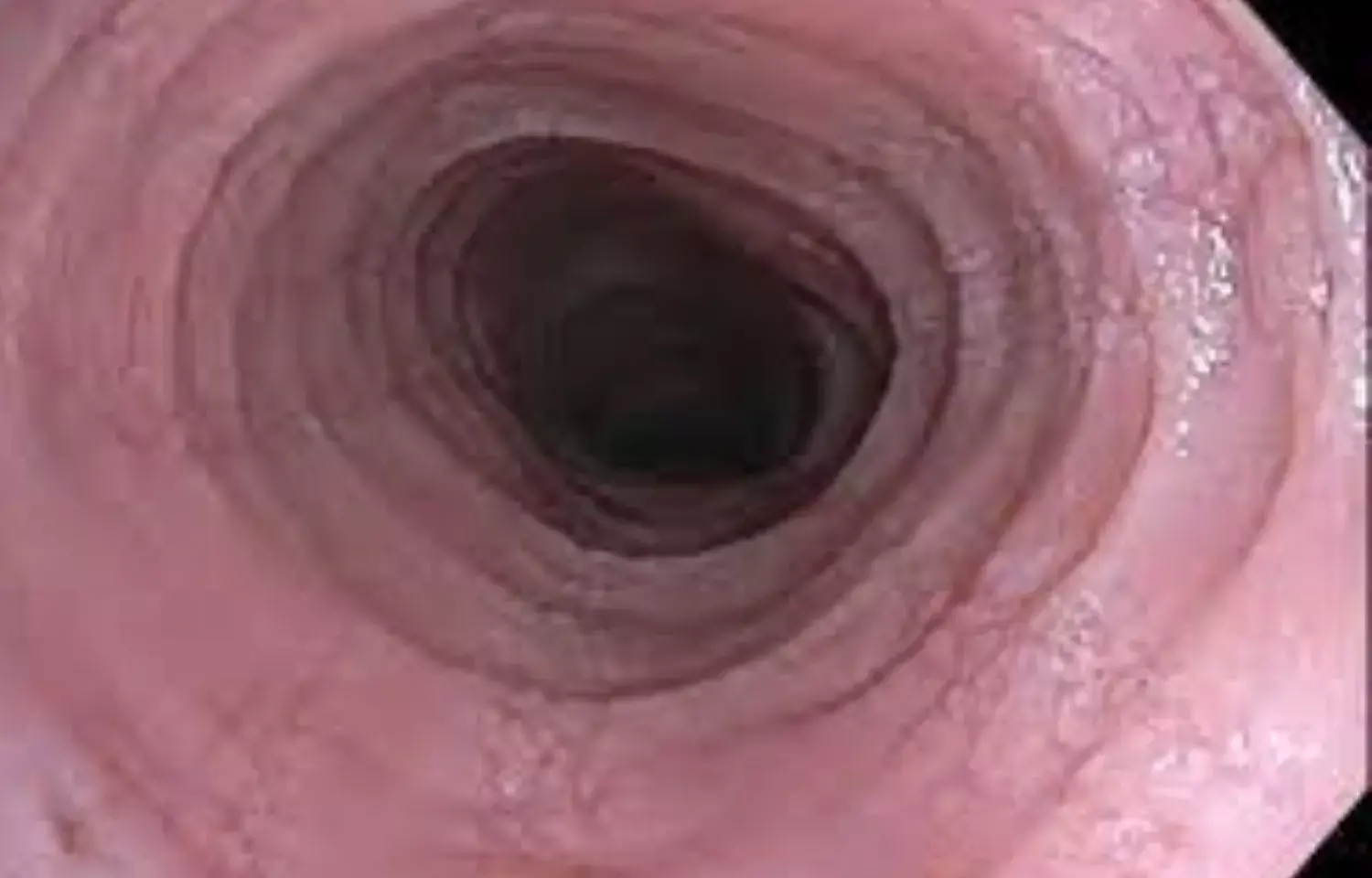- Home
- Medical news & Guidelines
- Anesthesiology
- Cardiology and CTVS
- Critical Care
- Dentistry
- Dermatology
- Diabetes and Endocrinology
- ENT
- Gastroenterology
- Medicine
- Nephrology
- Neurology
- Obstretics-Gynaecology
- Oncology
- Ophthalmology
- Orthopaedics
- Pediatrics-Neonatology
- Psychiatry
- Pulmonology
- Radiology
- Surgery
- Urology
- Laboratory Medicine
- Diet
- Nursing
- Paramedical
- Physiotherapy
- Health news
- Fact Check
- Bone Health Fact Check
- Brain Health Fact Check
- Cancer Related Fact Check
- Child Care Fact Check
- Dental and oral health fact check
- Diabetes and metabolic health fact check
- Diet and Nutrition Fact Check
- Eye and ENT Care Fact Check
- Fitness fact check
- Gut health fact check
- Heart health fact check
- Kidney health fact check
- Medical education fact check
- Men's health fact check
- Respiratory fact check
- Skin and hair care fact check
- Vaccine and Immunization fact check
- Women's health fact check
- AYUSH
- State News
- Andaman and Nicobar Islands
- Andhra Pradesh
- Arunachal Pradesh
- Assam
- Bihar
- Chandigarh
- Chattisgarh
- Dadra and Nagar Haveli
- Daman and Diu
- Delhi
- Goa
- Gujarat
- Haryana
- Himachal Pradesh
- Jammu & Kashmir
- Jharkhand
- Karnataka
- Kerala
- Ladakh
- Lakshadweep
- Madhya Pradesh
- Maharashtra
- Manipur
- Meghalaya
- Mizoram
- Nagaland
- Odisha
- Puducherry
- Punjab
- Rajasthan
- Sikkim
- Tamil Nadu
- Telangana
- Tripura
- Uttar Pradesh
- Uttrakhand
- West Bengal
- Medical Education
- Industry
Zastaprazan Proves Noninferior to Esomeprazole in Healing Erosive Esophagitis, reveals research

In a recent phase lll clinical trial, newly developed potassium-competitive acid blocker zastaprazan appeared to be equally effective in comparison with esomeprazole in the treatment of patients with erosive esophaghitis (EE). The purpose of this study was to test whether zastaprazan was non-inferior to esomeprazole, a standardly recommended proton pump inhibitor (PPI), for confirmed EE treatment. This is published in The American Journal of Gastroenterology by Oh Jung-Hwan and colleagues.
EE is one of the common complications of GERD, and the conventional treatment has been PPIs like esomeprazole. Zastaprazan is a novel potassium-competitive acid blocker that has a different mechanism to block the secretion of gastric acid. The current study compared the healing rate, control of symptoms, and safety profiles of zastaprazan with esomeprazole through an 8-week treatment period for potential treatment options of EE.
This is a multicenter, randomized, double-blind, noninferiority study of 300 subjects diagnosed with EE. Randomization to receive zastaprazan 20 mg once daily or esomeprazole 40 mg once daily continued for a minimum of 4 weeks up to a maximum of 8 weeks. Healing of EE confirmed by endoscopy at week 8 was the primary endpoint. Secondary endpoints included healing rates at week 4, symptom response, assessment of quality of life, and safety profiles. Furthermore, the levels of serum gastrin before treatment, during treatment at the study point, and after treatment were measured.
Key Findings
Cumulative Healing Rate at Week 8:
• Zastaprazan: 97.92% (141/144)
• Esomeprazole: 94.93% (131/138) (P = 0.178)
• Zastaprazan met the criteria for non-inferiority with a comparable healing rate compared to esomeprazole at week 8.
Healing Rate at Week 4
• Zastaprazan: 95.14% (137/144)
• Esomeprazole: 87.68% (121/138) (P = 0.026)
• The week 4 healing rate was higher in the zastaprazan group compared to esomeprazole.
Symptom Response and Quality of Life
• No significant differences in symptom improvement and quality of life assessment were noticed between the two groups.
Safety Profiles:
• No considerable difference in the safety profile was observed between the two treatments studied. The prevalence of adverse events did not show a statistically significant difference between the two groups.
Serum Gastrin Levels:
• Both groups presented increased serum gastrin levels during treatment, but these levels significantly differed between them (P = 0.047). The serum gastrin levels improved, showing a decrease in both groups after treatment.
The findings of this study indicate that zastaprazan 20 mg is not inferior to esomeprazole 40 mg in the treatment of EE and thus may be a good option for patients. Early healing rates at week 4 were higher for zastaprazan, offering an early advantage to these patients seeking rapid symptom relief. Overall healing rates at week 8 were similar; however, the quicker response seen with zastaprazan presumes that this may prove more immediately effective in the management of EE.
Reference:
Oh, J.-H., Kim, H.-S., Cheung, D. Y., Lee, H. L., Lee, D. H., Kim, G. H., Choi, S. C., Cho, Y. K., Chung, W. C., Kim, J. W., Yu, E., Kwon, H., Kim, J., Kim, J., & Jung, H.-Y. (2024). Randomized, double-blind, active-controlled phase 3 study to evaluate efficacy and safety of zastaprazan compared with esomeprazole in erosive esophagitis. The American Journal of Gastroenterology,10.14309/ajg.0000000000002929. https://doi.org/10.14309/ajg.0000000000002929
Dr Riya Dave has completed dentistry from Gujarat University in 2022. She is a dentist and accomplished medical and scientific writer known for her commitment to bridging the gap between clinical expertise and accessible healthcare information. She has been actively involved in writing blogs related to health and wellness.
Dr Kamal Kant Kohli-MBBS, DTCD- a chest specialist with more than 30 years of practice and a flair for writing clinical articles, Dr Kamal Kant Kohli joined Medical Dialogues as a Chief Editor of Medical News. Besides writing articles, as an editor, he proofreads and verifies all the medical content published on Medical Dialogues including those coming from journals, studies,medical conferences,guidelines etc. Email: drkohli@medicaldialogues.in. Contact no. 011-43720751


